About 2 weeks ago I thought I would try an obedience scent article “find mine”. You can view the video and how well he did. I do the "find mine" at a totally different time and the hides are very different from the odor ones. He brings the scent article back to me and only nose touches the nose work containers, buried or hidden tins…. So this is very different. Since he did these so well I yesterday I thought I would see if he really knew my odor so I put out a 2nd cold obedience article to see if he could distinguish mine and guess what…. he did… Amazing esp. for his age of 5 1/2 months. This is not how I taught the others and I will do little of this and perhaps mostly build confidence for just finding mine.
Since he does this so well and clearly shows that he is looking for my odor on the 2nd cold article, I believe he might be able to learn obedience scent articles without the plastic boxes as I have done with the other dogs. Since he is so young I will go very slow and watch carefully for his finding mine and if he is not sure or not confident.
We vary our work and play and never overdo anything… He gets to go on one mile short hikes on leash at least 3 times a week; play with Beckett and me and we do scent work once daily in afternoon. Morning is more for obedience foundation. We have fun in the doggie gym; do balance disc work and vary work and play.
Very interesting at how well he has done with detection of odor with 4 odors: birch, anise clove and mine. From watching Dylan I would have to say that the nose work has only made his enjoyment for finding odor more fun and stronger. All of my dogs have done nose work and done very well in their utility scent articles. Dylan is just quite a bit younger and has shown he might be capable of learning scent articles without using put the article in an enclosed container box.
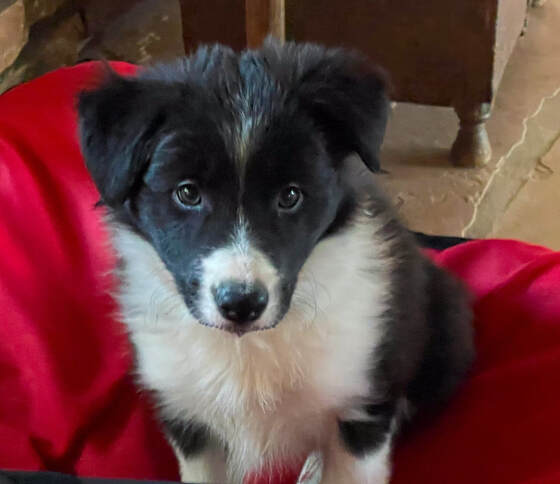
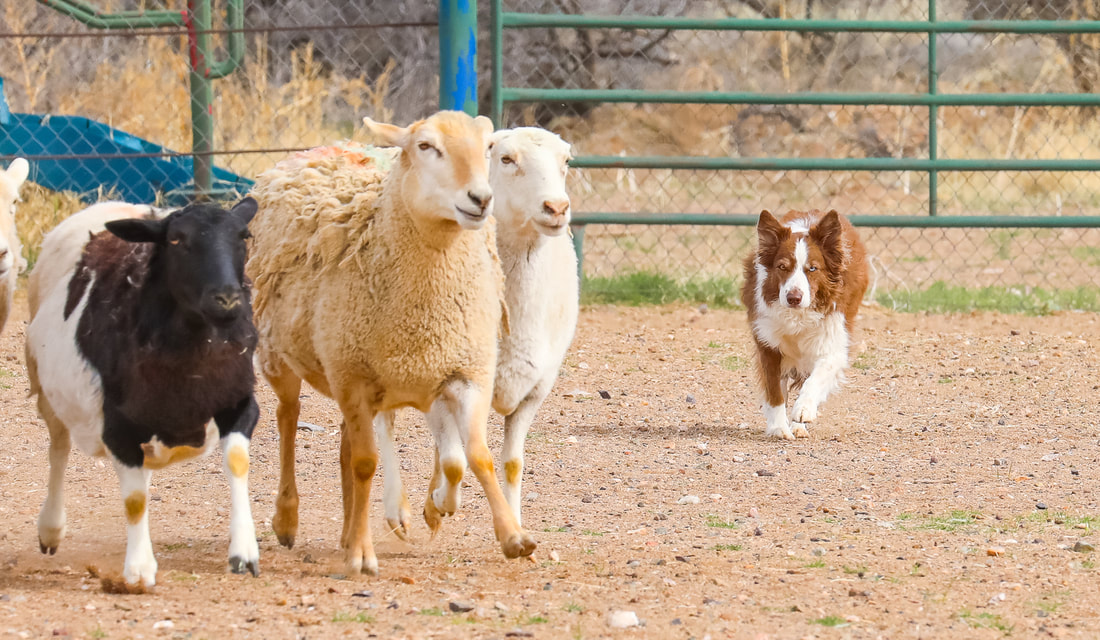
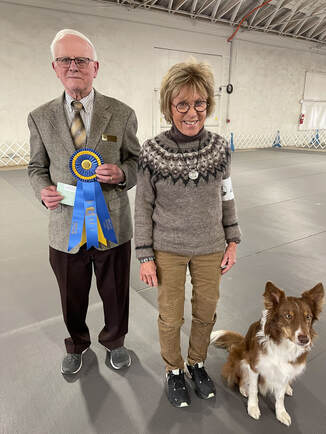
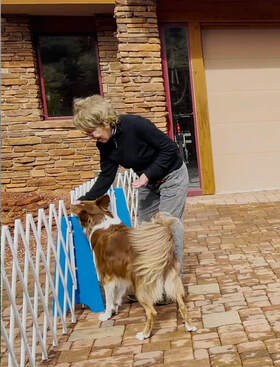
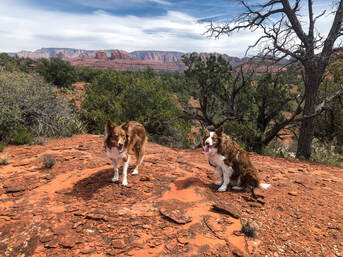
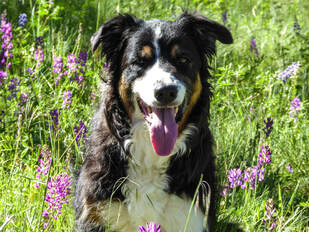
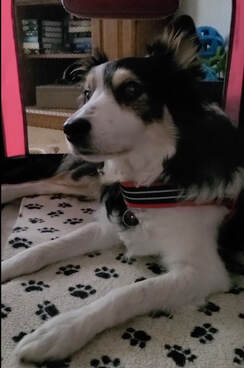
 RSS Feed
RSS Feed